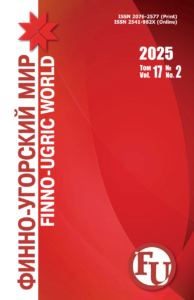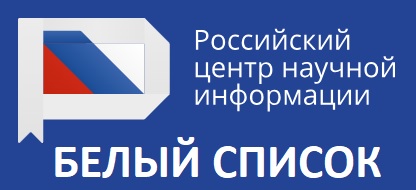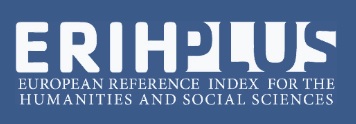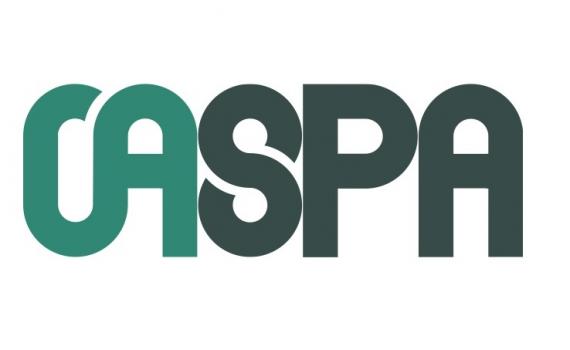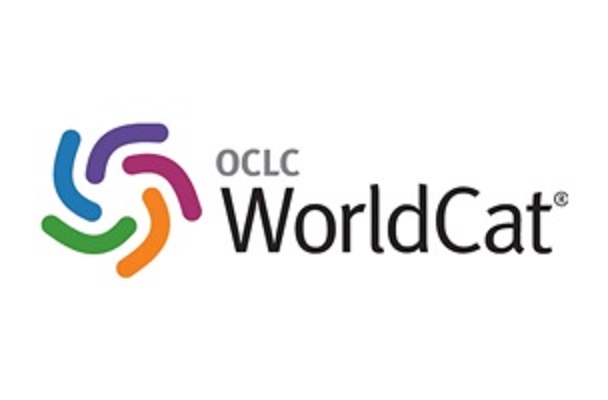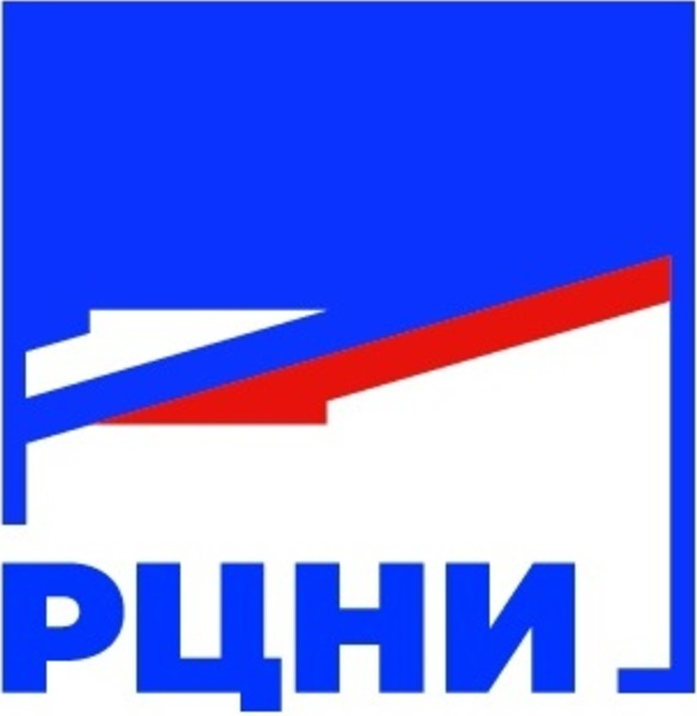DOI: 10.15507/2076-2577.012.2020.03.332-343
Prehistory and prerequisites of the creation of the Mari national theatre (1907–1919)
Erik A. Yuzykayn,
PhD student {Ethnology, Cultural Studies},
University of Tartu;
Director of Mari National Drama Theatre named after M. Shketan
(Ioshkar-Ola, Russia), erik.yuzykayn@gmail.com
Introduction. Alongside with other cultural initiatives, the development of the theatre movement as a forerunner of the creation of the Mari national theatre was the result of the development of Mari cultural nationalism in the early twentieth century. The purpose of this article is to consider the facts of the prehistory of the creation of the Mari national theatre, which was set up in November 1919, and the factors that influenced the development of the theatre movement among Mari people.
Materials and Methods. To achieve the goals, the author reviewed the first Mari periodicals, research and publications on the history of the Mari theatre and the development of the national movement, and the protocols of the Mari congresses. The systematic analysis of sources for the reviewed period, an attempt to restore events in chronological order allows us to formulate the most objective answers to the research problems.
Results and Discussions. One of the key factors that influenced the development of the Mari theatre movement and interest to the theatre was the movement for the national and cultural education and development of the Mari people, initiated by Mari cultural nationalists that gradually developed since the beginning of the twentieth century. Prehistory of the creation of the Mari national theatre in November 1919 goes back about ten years and it is linked with the publication of the first periodical in the Mari language “Marla calendar”, development of literary creativity in the Mari language, and the first amateur initiatives to stage performances. The climax of this prehistory was the decisions made by the first Mari forums on theatre issues, and the rapid development of interest to the theatre among the people in 1917–1919. Along with this factor, the cultural and social specific features of Mari played an important role: a theatrical tradition in the festive and ritual spheres and the low level of literacy of the people in this period.
Conclusion. The processes of development of modern Mari national culture, began with the publication of “Marla calendars”, were crucial for the entire Mari people. The ideological contradictions that appeared with the development of Soviet power among the Mari intelligentsia did not immediately begin to influence the work of the first Mari playwrights. The supporters of different ideological movements were the colleagues for many years. Although they had disagreements, they acted in a single direction in the development of their native people, in particular in support of the theatre movement. Newspaper publications and increased dramatic creativity clearly indicate that the Mari activists intuitively, and sometimes purposefully, fuelled interest in theatrical creativity, promoted and, thus, preceded the appearance of their own national professional theatre.
Key words: national theatre; Mari; Cheremis; cultural nationalism; Mari drama; Mari theatre; folk theatre; folk drama.
For citation: Yuzykayn EA. Prehistory and prerequisites of the creation of the Mari national theatre (1907–1919). Finno-ugorskii mir = Finno-Ugric World. 2020; 12; 3: 332–343. (In Russian)


